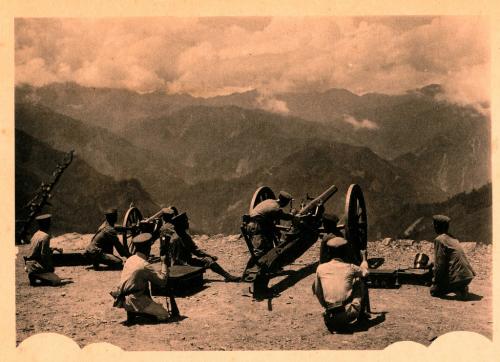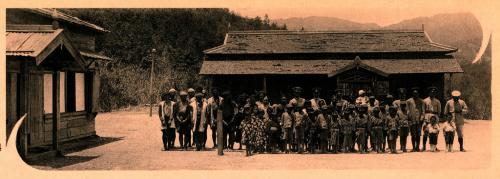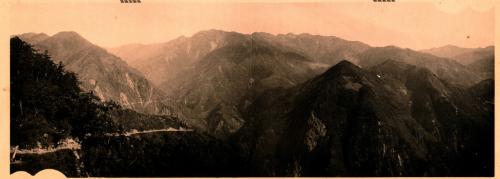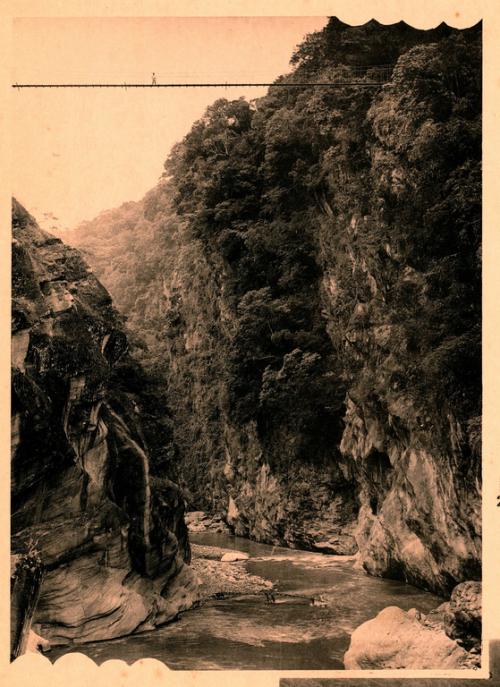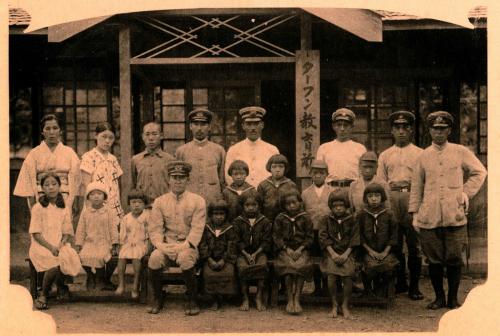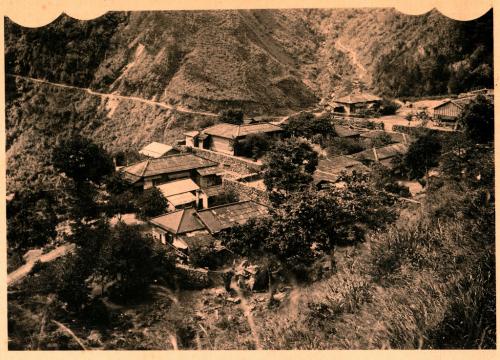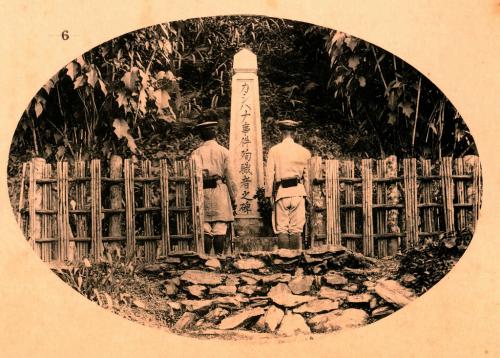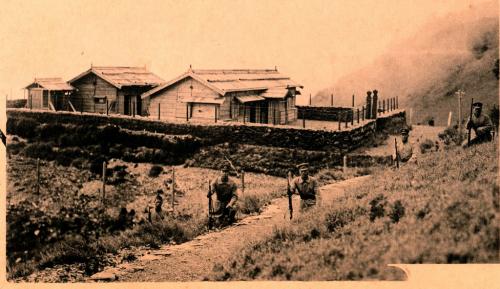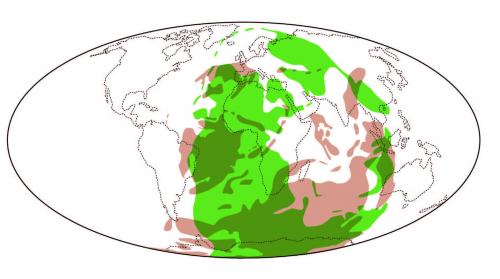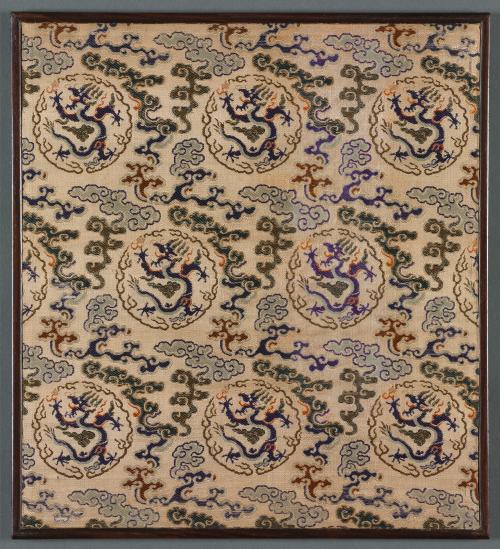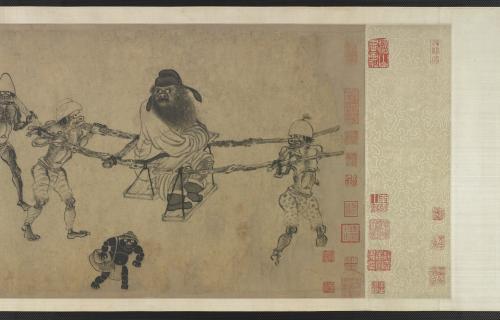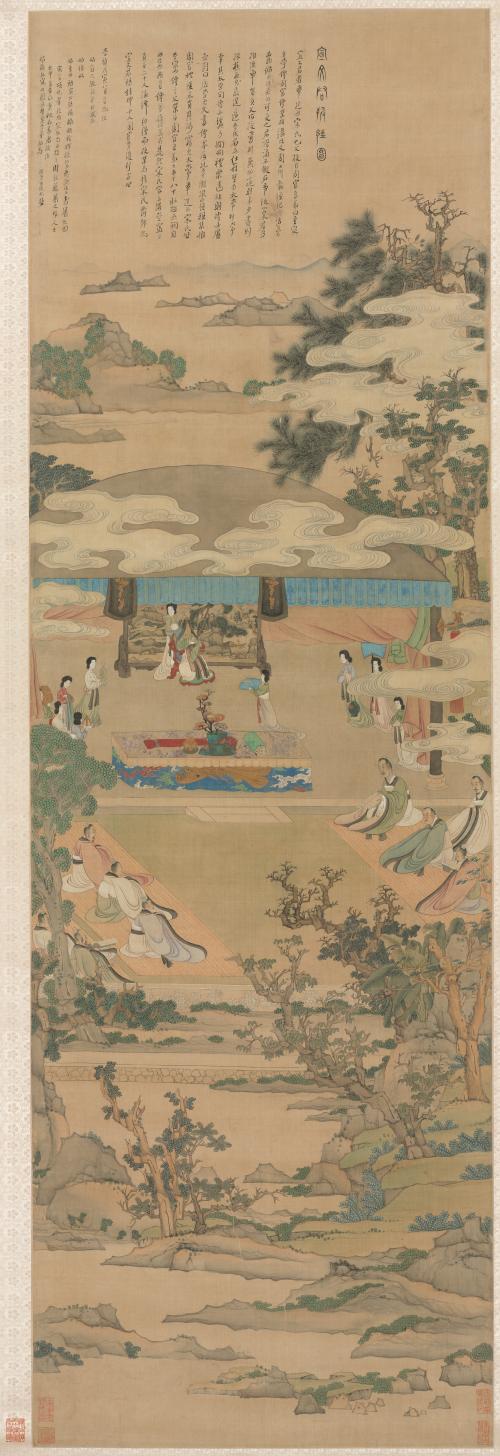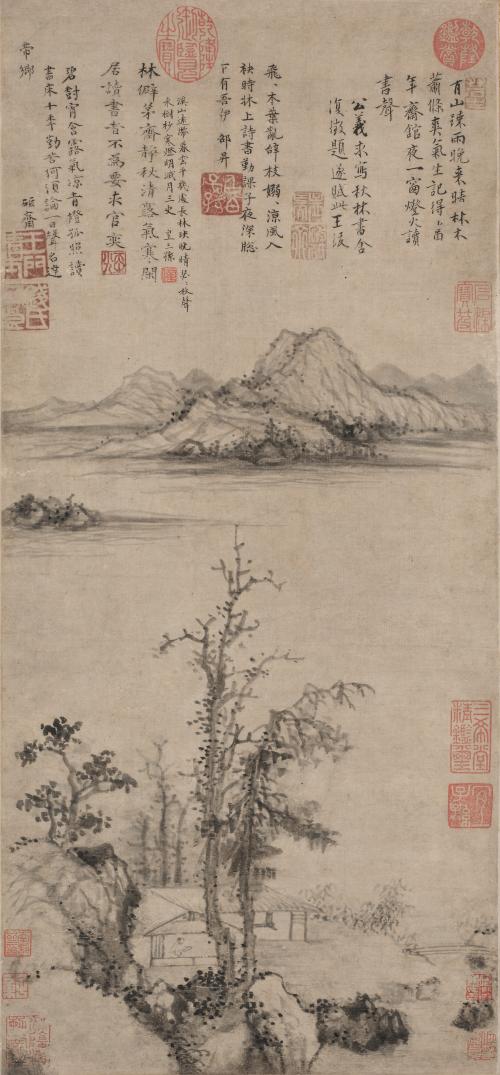全部藏品
探索5219個藏品
華巴諾砲台
毛利之俊
坐擁險要的地勢,且展望極佳的華巴諾駐在所,是八通關越道路上的戰略要地。為此,官方在此設置「華巴諾砲台」,並配有三吋速射砲、七珊山砲、十二拇臼砲各一門,火力十分強大,而這些火砲的配置不僅可保衛大分的安全,對於附近諸部落亦有威嚇、膺懲的功效。
約翰湯姆生與兩位滿州士兵
Wellcome Library
Amoy, Fukien province, China: two Manchu soldiers with John Thomson. Photograph by John Thomson, 1871.
太魯那斯(tarunasu)駐在所
毛利之俊
以托馬斯為起點的「馬西桑支線」於大正12年(1923)起工,並在兩年後完工,是八通關越警備道里程數最長(全長17.5公里),且路程最艱辛的支線。其開鑿的目的,乃因道路沿線是大分地區以外,另一布農族部落密集區,故開闢此路以強化對該區部落的監控;然而,日本政府早在西元1910年代就在此區設置駐在所了。
多土袞(Totokun)的遠望
毛利之俊
多土袞駐在所位於可可爾博山至土沙多山的東北稜線之上,海拔1550公尺。由於該稜線東側是黃麻溪、西側為伊霍霍爾溪,恰好成為這兩條拉庫拉庫溪支流的分水嶺,故地勢突出;而位於該稜線端點上的多土袞駐在所,便擁有得天獨厚的展望視野。
大分教育所
毛利之俊
大分駐在所規模龐大,共可分成四階平台;其中,第三階平台盡為教育、醫療設施。照片中的大分蕃童教育所,設於大正11年(1922)10月25日,是道路沿線唯一一處「甲種教育所」,故其教育設備比其他四處「乙種教育所」來得完善。
大分駐在所
毛利之俊
大分何以被稱作道路上的「東段首都」,從這張照片便可一目了然。照片中數棟木造房舍聚集一處,宛如深山中一小有規模的聚落,境內有小學校、原住民孩童教育所、交易所、養蠶指導所等等;然而,該地會有如此規模,並非沒有原因。
喀西帕南事件殉職者之碑
毛利之俊
根據《東臺灣展望》一書記載,從黃麻行經大概五六丁(約545至654公尺),在茂密的樹林下,可見一石碑。此石碑正面刻有「喀西帕南事件殉職者之碑」、右側刻有「大正四年五月十二日戰死」、左側則刻有「昭和六年六月二十四日建之」等字樣。
大水窟駐在所
毛利之俊
照片中的大水窟駐在所位於大水窟山與南大水窟山之間的平坦稜線上,海拔一萬八百日尺(約3272公尺),是八通關越道路上海拔最高的駐在所。因此,該地的植被已突破森林界線,進入以箭竹草原為主的景觀;然而,被派駐到此地的警員,在生活上有諸多不便。
全球板塊變遷示意圖
國立臺灣博物館
Streams and Mountains without End
The Cleveland Museum of Art
Streams and Mountains without End was a landmark acquisition of 1953, made just a year after Sherman Lee had returned to Cleveland as curator of Orien
The Ninth Day Literary Gathering at Xing’an
The Cleveland Museum of Art
This group portrait and commemorative work keeps alive the memory of a literary gathering held in 1743 at a private garden in Yangzhou.
Album of Landscapes
The Cleveland Museum of Art
Zhongshan Going on Excursion(元龔開中山出行圖 卷)
Freer Gallery of Art(佛利爾美術館)
Chrysanthemums and Cabbage
The Cleveland Museum of Art
On an autumn day in Beijing, Tao Cheng had a gathering with a group of scholar-officials and created two paintings in a spontaneous, casual style.
Bamboo, Rocks and Lonely Orchids
The Cleveland Museum of Art
Zhao Mengfu, a great scholar-painter, wrote this famous and much admired verse: Rocks must be painted in the feibai mode, / The trees done by brush st
Landscape in the Style of Huang Gongwang
The Cleveland Museum of Art
A sweeping vista of energized mountains, hills, small islands, sand bars, and rivers, this painting retains a simple coherence of ideas and images.
Lady Xuanwen Giving Instruction on the Rites of Zhou
The Cleveland Museum of Art
This extraordinary painting by Chen Hongshou depicts the story of Xuanwen Jun, or Lady of Literary Propagation, at a venerable age, instructing young
Mt. Taibo in the Style of Wang Meng
The Cleveland Museum of Art
When a Chinese painter "imitated" a painting by a past master, the intention was never to produce an exact copy.
River and Mountains on a Clear Autumn Day
The Cleveland Museum of Art
Beggars and Street Characters
The Cleveland Museum of Art
This painting demonstrates Zhou Chen’s masterful skill in rendering impoverished people from his memories of figures in the street.
Nine Songs
The Cleveland Museum of Art
Painted in the baimiao, or fine-line drawing style, this ancient work demonstrates the literati’s use of abstract calligraphic brushwork for self-expr
Waiting for the Moon in the Mid Autumn Festival
The Cleveland Museum of Art
A Scholar's Retreat amid Autumn Trees
The Cleveland Museum of Art
Wang Fu painted this going-away present and 3 friends added poems wishing the best for their departing friend Gongyi.

